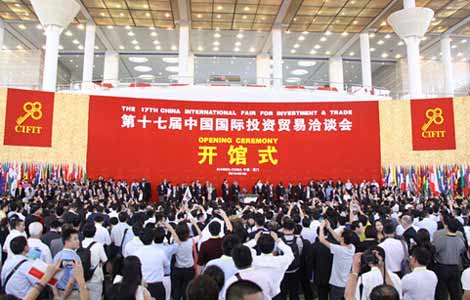Pivoting West
Updated: 2013-09-09 15:54
(bjreview.com.cn)
|
|||||||||||
|
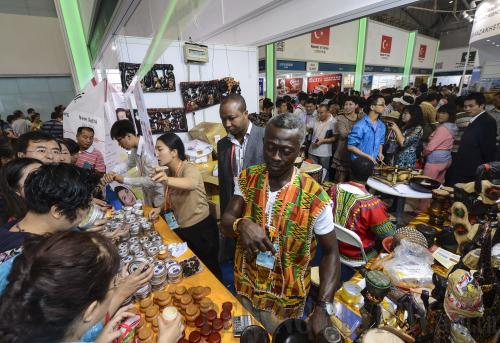 Bustling crowd: Foreign and Chinese visitors peruse handicraft booths at the expo [Photo / bjreview.com.cn]
|
In the exhibition hall for overseas products, Qamar Zia, a white-haired Pakistani man, was busy handing out instructions to his employees. As the owner of a hand-made carpet company, it was his fourth trip to China and first to Urumqi, where he believed the market potential is huge.
"All of my carpets are hand-made from wool. In Urumqi, temperature can be as low as minus 20 to 30 degrees Celsius in winter. Therefore, residents here may be willing to keep warm by laying a carpet on the floor," said Qamar. He expects purchasers who showed interest in his goods to contact him after the expo.
Food from Xinjiang, home to an environment with favorable agricultural conditions, was also touted at the expo. Xinjiang Aroma Manor Wine Co. Ltd. was one of the enterprises proudly displaying its offerings. "In the past, our company just grew grapes. Since 2011, we have begun to produce wine. Thanks to our independent planting base in south Xinjiang, Chateau Aroma has gain recognition as being pollution-free and organic," said Yang Weibin, its sales manager. "As a high-end brand in this field, most of our products are shipped to Hong Kong. At the same time, Central Asia has also been included in our long-term plans as a potential market."
Culture too
Young girls in glittering Xinjiang-made cheongsams undulated on a stage as handicraftsmen lined its sides with their works. A miniature Qifang Street—a well-known hub for artists in Urumqi that was once home to a deserted dormitory building—was created. On display were colorful dough figurines, exquisite pottery and even mulberry paintings—the so-called "living fossil of the paper industry."
"All of the artworks here are hand-made and blend Xinjiang features with traditional Han culture," said Wang Ge, a paper-cutting artist for over 50 years. Wang runs a studio on Qifang Street, often compared to Beijing's 798 art district. She is a fourth-generation inheritor of her family's unique skills in paper cutting. Her abilities have been deemed as intangible cultural heritage by Xinjiang Uygur Autonomous Regional Government.
"I integrate Xinjiang elements into my artworks and hope more people can come to know the region's special culture through the exhibition," said Wang, wearing a large Atala shawl.
The expo is not merely a platform for economic cooperation, but also a bridge for cultural exchange, said Zhang Chunxian, Secretary of the Communist Party of China Xinjiang Uygur Autonomous Regional Committee.
For the first time, more than 70 paintings from Kyrgyzstan, Uzbekistan, Armenia, Turkmenistan and Tajikistan were displayed at the expo, while a few first-class artists were invited to paint on the spot.
"The painting will add diversified elements to the expo," said Chen Ji, Deputy Director General of the Xinjiang International Expo Administration, "and enrich the spiritual life of people of all ethnic groups."
Related Stories
Domestic deals worth $121b sealed at China-Eurasia Expo 2013-09-06 16:18
Contracts worth $35b sealed at China-Eurasia Expo 2013-09-04 14:25
China-Eurasia Expo important for western China 2013-09-03 10:35
Azerbaijan to join China-Eurasia Expo 2012-07-26 11:02
China-Eurasia Expo to attract 5,000 foreign purchasers 2012-05-26 10:34
$130b contracts clinched at China-Eurasia Expo 2011-09-06 11:46
Today's Top News
StanChartered, HSBC 'poised to enter FTZ'
Kerry to meet Russian counterparts
German Bach elected as IOC president
Xi travels along ancient trade route
China Southern flies to London with new 787
Li vows to provide more jobs
August's data signal stronger growth
Jobs outlook positive across entire nation
Hot Topics
Lunar probe , China growth forecasts, Emission rules get tougher, China seen through 'colored lens', International board,
Editor's Picks

|

|
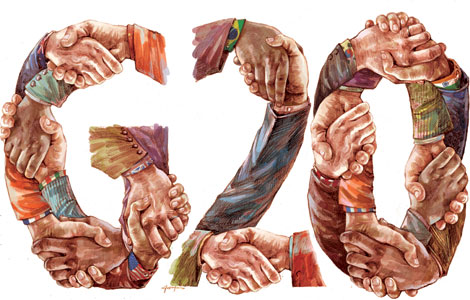
|
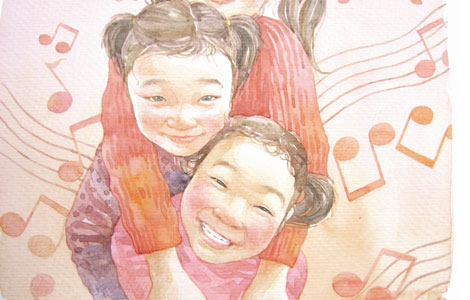
|

|
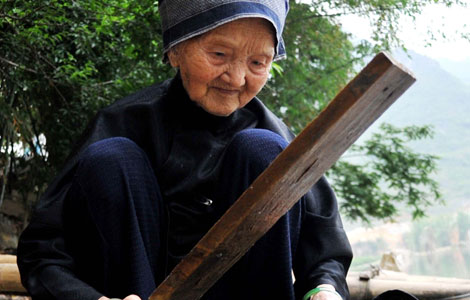
|

